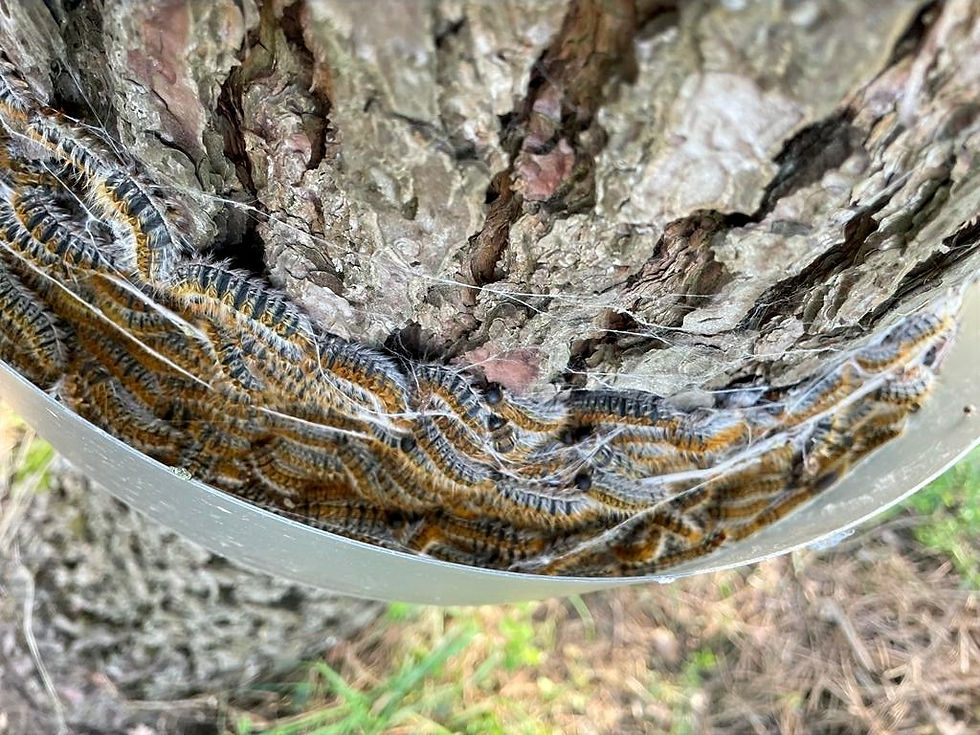Winter's beauties
- maleclerc94
- Dec 6, 2021
- 4 min read
Updated: Jun 21, 2023
The days are getting cooler and shorter. There's no doubt that winter is approaching! But fortunately for us, even in the icy cold of winter, some plants bloom to enchant our gardens and balconies. But who are these winter beauties?
Here are a few flowering plants and shrubs that should charm you with their winter beauty:
Galanthus nivalis
You probably know this plant as Snowdrop or Milk Flower. If we break down its name, Galanthus comes from the Greek word "Gala" (Milk) and "Anthos" (Flower), and Nivalis comes from Latin, meaning "of the snow." Thus, we get the sweet etymology of "Milk flower of the snow."

Snowdrop, photo credit: Mabel Amber, Pixabay
This bulbous plant is characterized by its delicate, drooping white bell-shaped flowers. Symbolizing hope, it has the ability to bloom under the snow. Its appearance at the end of winter heralds the coming of spring. However, be cautious as the snowdrop is a toxic plant!
Plant the bulbs in sunny or semi-shaded areas between September and November. Place the bulbs about 8 cm deep and space them approximately 5-6 cm apart in groups of 15 or 20. The flowering begins as early as the end of January and extends until March. Snowdrops have a tendency to easily naturalize in the garden.
Helleborus niger
Here is the famous Christmas Rose. The Black Hellebore doesn't derive its name from the white color of its flowers but from the color of its roots. This perennial plant surprises us with its delicate elegance and is quite hardy, capable of withstanding low temperatures down to -15°C. However, it can be a bit finicky and may take a few years before producing its first flowers. You'll need to be patient, but the Hellebore might pleasantly surprise you on a beautiful winter morning.

Christmas rose, photo credit: Hans Braxmeier, Pixabay
You can plant Hellebore in early autumn or spring, avoiding periods of frost. Work the soil deeply. Space the plants about 40 to 50cm apart from each other to promote their growth.
Mahonia
Mahonia, an evergreen shrub with exotic beauty, enchants us in winter with its bright yellow blossoms that will undoubtedly illuminate your garden. It blooms from October to April, depending on the variety. During the summer, clusters of ornamental blueberries beloved by birds will follow. Mahonia can reach a height of 2m and is equally wide. Yes, this is a shrub with "panache" that certainly catches the eye!

Mahonia, Jardin des plantes de Nantes, Nov. 2021, photo credit: Marion Leclerc
Plant your Mahonia in autumn or spring in partial shade. The advantage of this plant is that it can establish itself in all types of soils. Here are two particularly appreciated varieties known for their fragrance: Mahonia x media 'Winter Sun' and Mahonia x media 'Charity'.
Hamamelis x intermedia
Hamamelis is a deciduous shrub, both mysterious and intriguing due to its winter blossoms in copper and ochre tones, honey-like fragrance, and vibrant autumn foliage. It is commonly known as "Witch Hazel" or "Spider Web Tree" due to the shape of its leaves resembling those of Hazelnut trees and the peculiar appearance of its fringed flowers resembling spider legs. The blooming period of Hamamelis extends from January to March. In its natural state, it can be found on the edge of woodlands, but beware of witches!

Witch hazel, photo credit: Congerdesign, Pixabay
This shrub, reaching approximately 2m in height, thrives in partial shade and prefers cool, acidic to neutral soil but dislikes alkaline soils. It is best planted in heather earth between March and October. Here are a few of my favorite varieties: Hamamelis x intermedia 'Jelena', Hamamelis x intermedia 'Orange Beauty' or Hamamelis x intermedia 'Ruby Glow'. The variety Hamamelis x intermedia 'Arnold Promise' is particularly suitable for pot cultivation, as it does not exceed 1.5m in height and remains compact, making it a beautiful ornamental tree for your terraces.
Cyclamen coum
Winter cyclamen is a small, discreet plant that only grows to about 10cm in height. It disappears during the warmer seasons but awakens in the coolness of winter. It is a perennial and hardy plant, resistant to frost and snow, tolerating temperatures as low as -19°C. Cyclamen coum forms an cormus that grows larger over the years, offering a dense carpet of small pink flowers.

Cyclamen coum, photo credit: Annette Meyer, Pixab
Plant your Cyclamen coum in autumn or winter, under a deciduous tree or in an undergrowth soil in shade or partial shade. Cover the tubers with 2 to 3 cm of soil. Cyclamen particularly appreciates woodland soils, which means neutral to alkaline soil, rich in organic matter, and well-draining. Whether in a mass planting or in a pot, an annual addition of humus and a mulch of dead leaves will greatly benefit it.
Erica carnea
The winter heath is a compact and bushy shrub. It forms cushions that are 15 to 30 cm tall and are covered with small pale pink, red, or "skin/flesh-colored" bells, giving this species its name. It is particularly hardy and can withstand winter cold down to -20°C. Thoughtfully combining different varieties allows for staggered flowering from November to May.

Winter heath, photo credit: Annette Meyer, Pixabay
Plant them abundantly to achieve a "mass effect". Place them in full sun or partial shade, in well-drained, acidic soil, possibly slightly limestone. Winter heath is also very beautiful in pots. Here are a few varieties to try in your garden: Erica carnea 'Rosalie', Erica carnea 'Springwood White', Erica carnea 'Kramer's Rote'.
Even in winter, the garden adorns itself with flowers. Other ornamental plants such as dogwoods, thistles, and certain ornamental grasses can also provide structure to your garden in winter and offer a magnificent spectacle under frost and snow.




Comments